Duration of 149 Sea Miles
The Struggle of Memory against Forgetting
The artwork “Les Rideaux de la Mémoire” by Bùi Công Khánh is currently featured in the art event “Green Island Biennial 2025”, held at Memorial Park — a former prison site that once detained political prisoners during the period of “White Terror” on Green Island, Taiwan. The event is from May 17 to September 21, 2025. The concept for the artwork was conceived during an artist residency at Walden Village in Ménerbes, France, in 2023.
With special thanks to:
– Curator Takamori Nobuo
– Curator Caroline Ha-Thuc
– Professor Dr. Liem-Khe Luguern, author of “Les Travailleurs Indochinois Requis” and the doctoral thesis “Les Travailleurs Indochinois: Étude socio-historique d’une immigration coloniale (1939–1954)”
– Journalist Pierre Daum, author of “Immigrés de force: Les travailleurs indochinois en France (1939–1952)”
Photos by Po-Yen Hsu, Tsung-Hsun Tsai, and Trần Minh Thái.
| Date | 17 May 2025 – 21 September 2025 |
| Location | Green Island White Terror Memorial Park, National Human Rights Museum |
On May 17, 1951, the first group of political prisoners departed from Keelung Harbor, embarking on a 149-nautical-mile journey to Green Island. Subsequently, political dissidents were transported from Keelung, Kaohsiung, Hualien, and other locations to this island. During the period of oppression known as the White Terror, these individuals were subjected to prolonged imprisonment, ideological re-education, and forced labor.
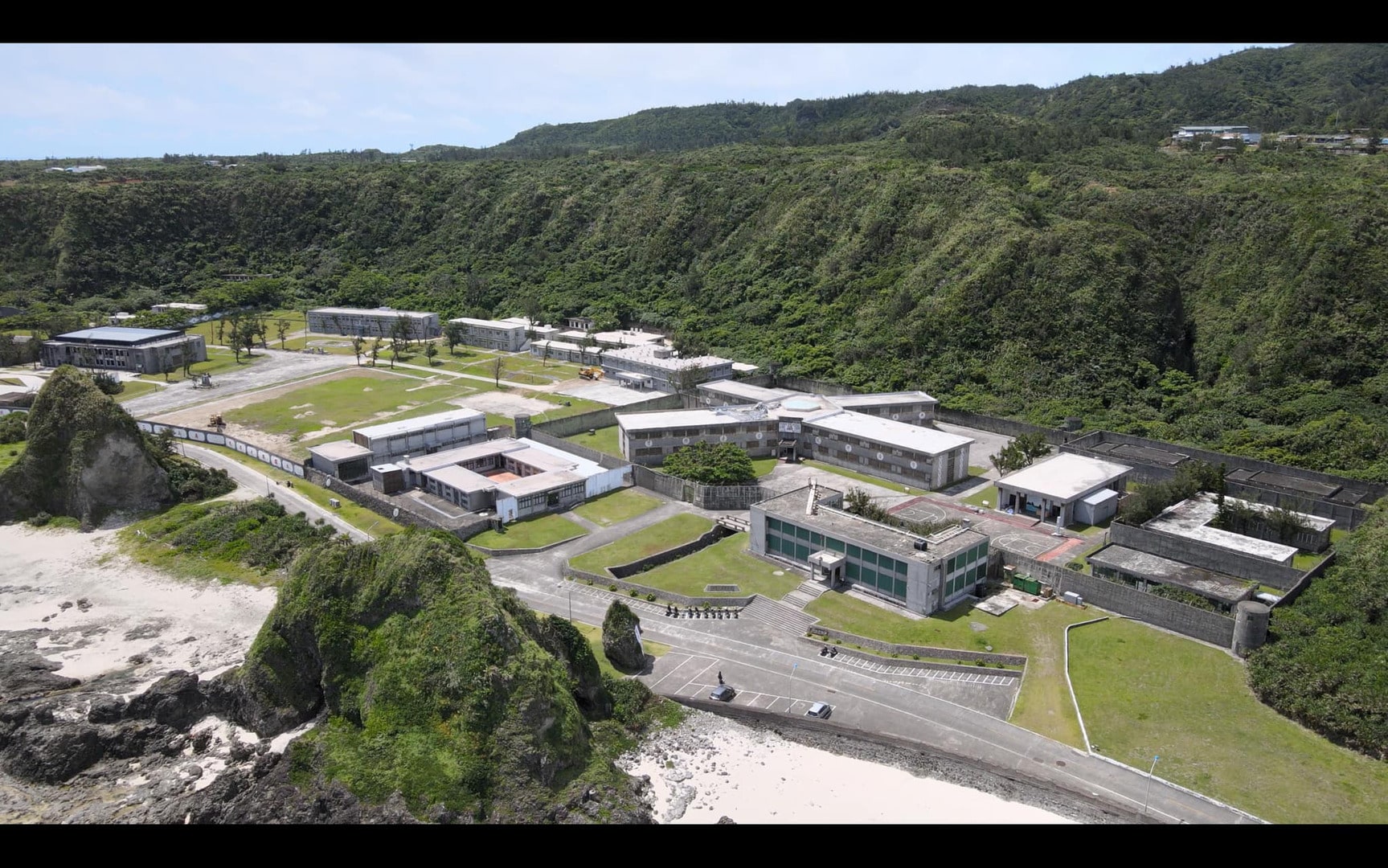
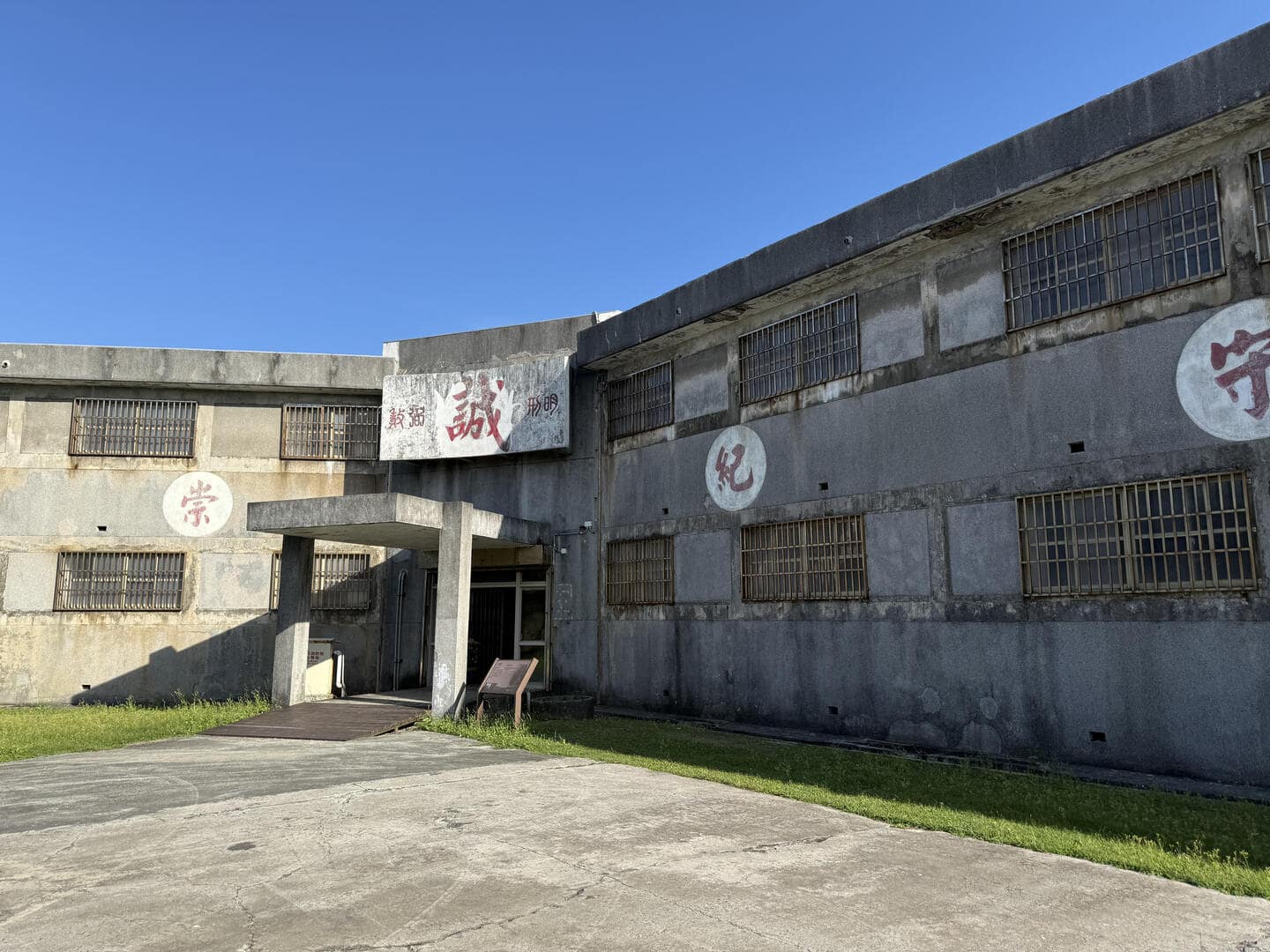
Green Island, a tropical island located 17.82 nautical miles from the main island of Taiwan, is visually within reach. This seemingly short distance is reflected in the travel time to Green Island: the round trip between the main island of Taiwan and Green Island takes 50 minutes by boat and only 15 minutes by plane. However, Green Island functions as a visible time barrier, creating a time and space within its confines that is distinctly different from the outside world.
During the period of White Terror, Taiwan, in comparison to Green Island, could also be regarded as an isolated subtropical island, detached from global connections.
This barrier of time effectively obstructed the influence of external factors such as surging student movements, anti-war movements, or hippie culture of the 1960s in the West. During the White Terror, Taiwanese people, including the political prisoners imprisoned on Green Island, were similarly confined within the broader society of martial law in Taiwan. The concept of militarized “re-education” developed techniques to deprive individuals of time, infiltrating every corner of society through entertainment, cultural censorship, and campus discipline.
Green Island served as the ultimate standard for the imprisonment of political prisoners, a place where, apart from death, time was most brutally stripped away. The island’s geography severed prisoners from the outside world; a mere 17.82 nautical miles was enough to isolate them from the transmission of ideas, from spending quality time with family, from pursuing their original aspirations and youthful years. The freedom of time, as fundamental as air and water,is a basic human right. However, during the White Terror, the Taiwanese authorities transformed time into an invaluable resource, a strategic move that enabled the exercise of power and the pursuit of their political objectives.
In light of this somber history and the suffering of the victims, artistic expression emerges as a potential catalyst for healing, unveiling truths, and resisting the deprivation of time. As one of the few tools to resist time deprivation, art can facilitate an international space for dialogue, allowing the island’s stories to transcend their isolation in the vast ocean. The pressing need to document these stories arises from the risk of their eventual oblivion due to the unrelenting passage of time. The act of recounting these narratives and disseminating them to international audiences not only serves as a means of confronting the perpetrators but also functions as a resistance to the deprivation and absurdity of history. Through the medium of storytelling, these narratives are preserved, becoming a testament that transcends geographical boundaries and temporal periods.
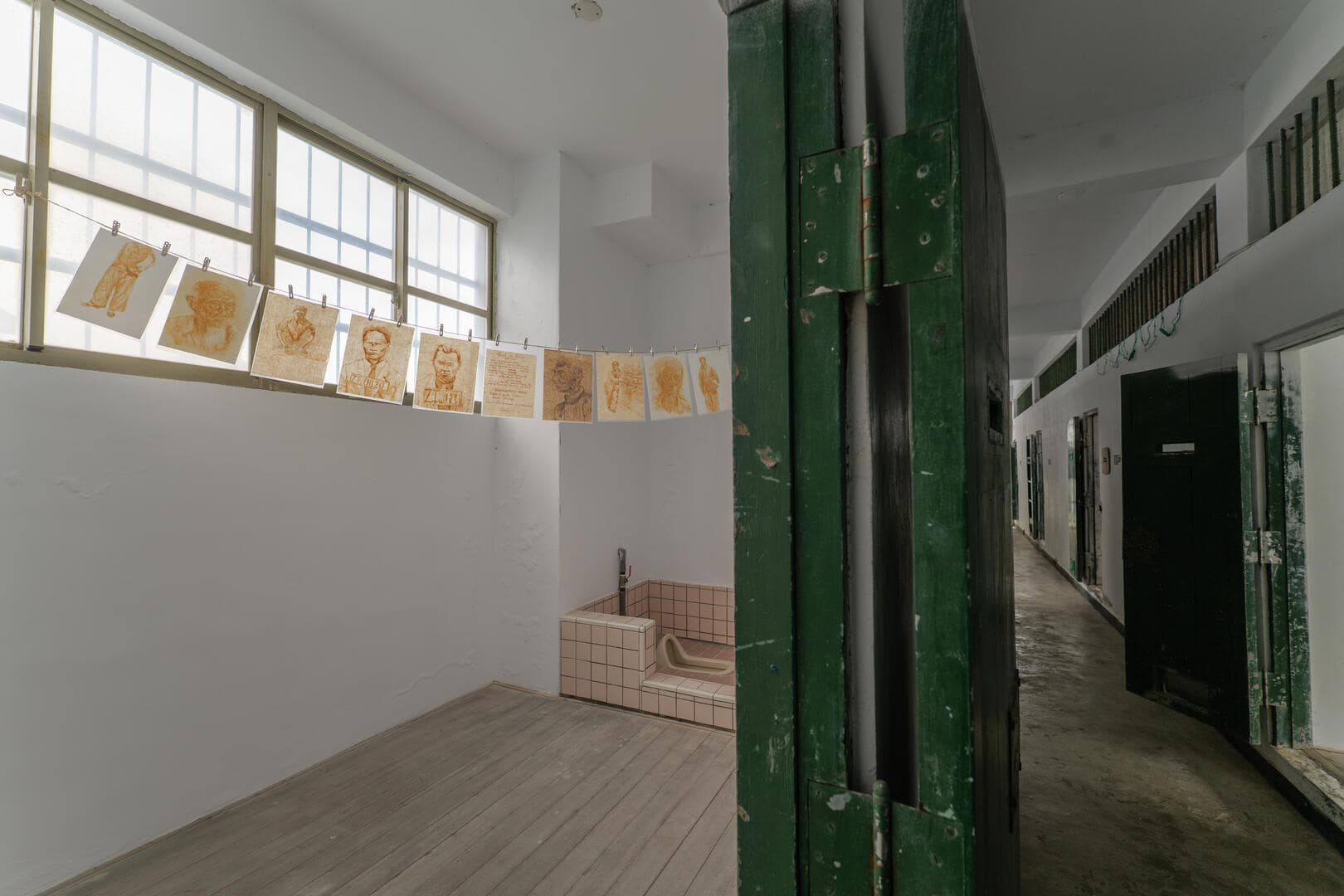
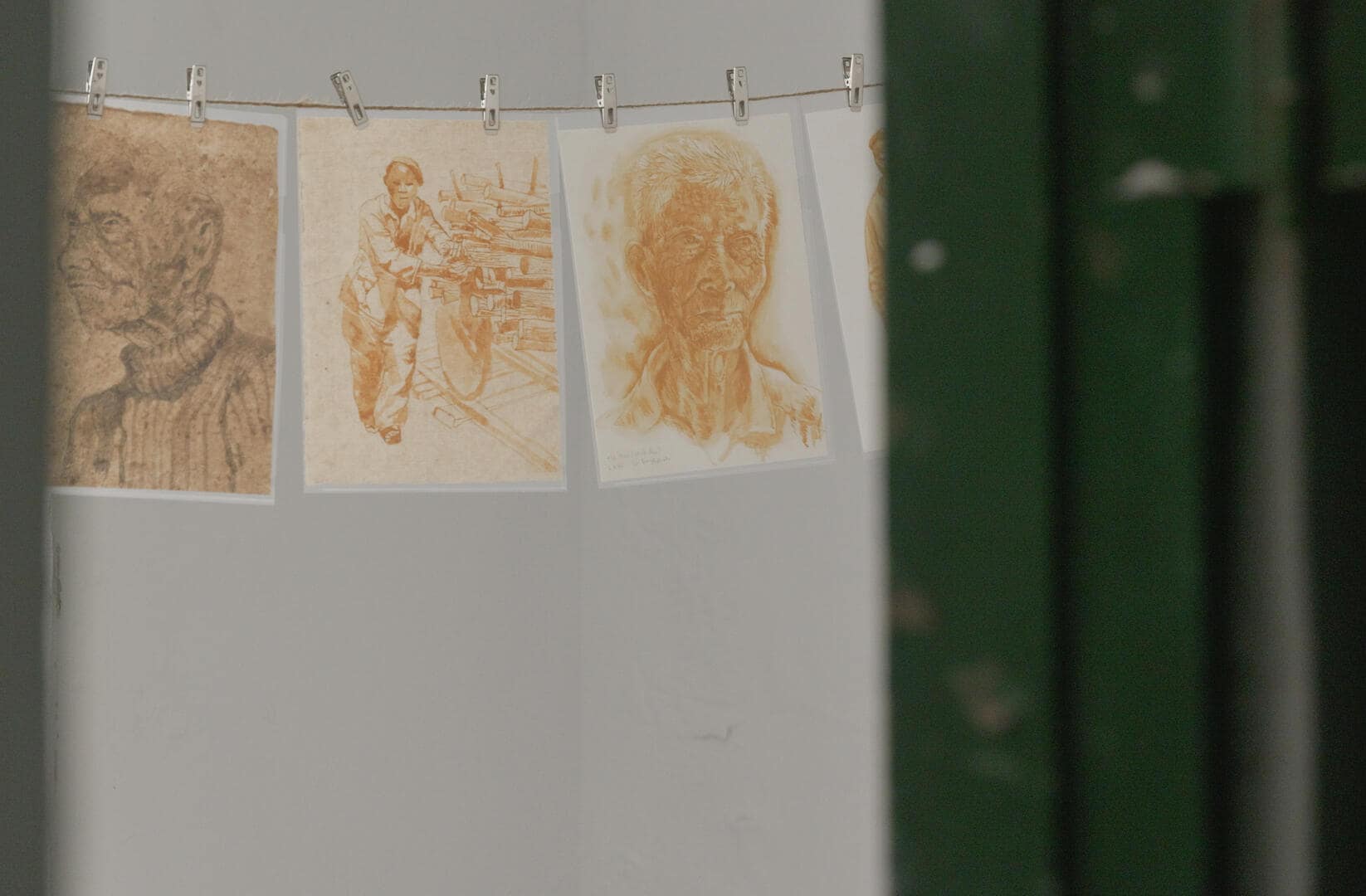
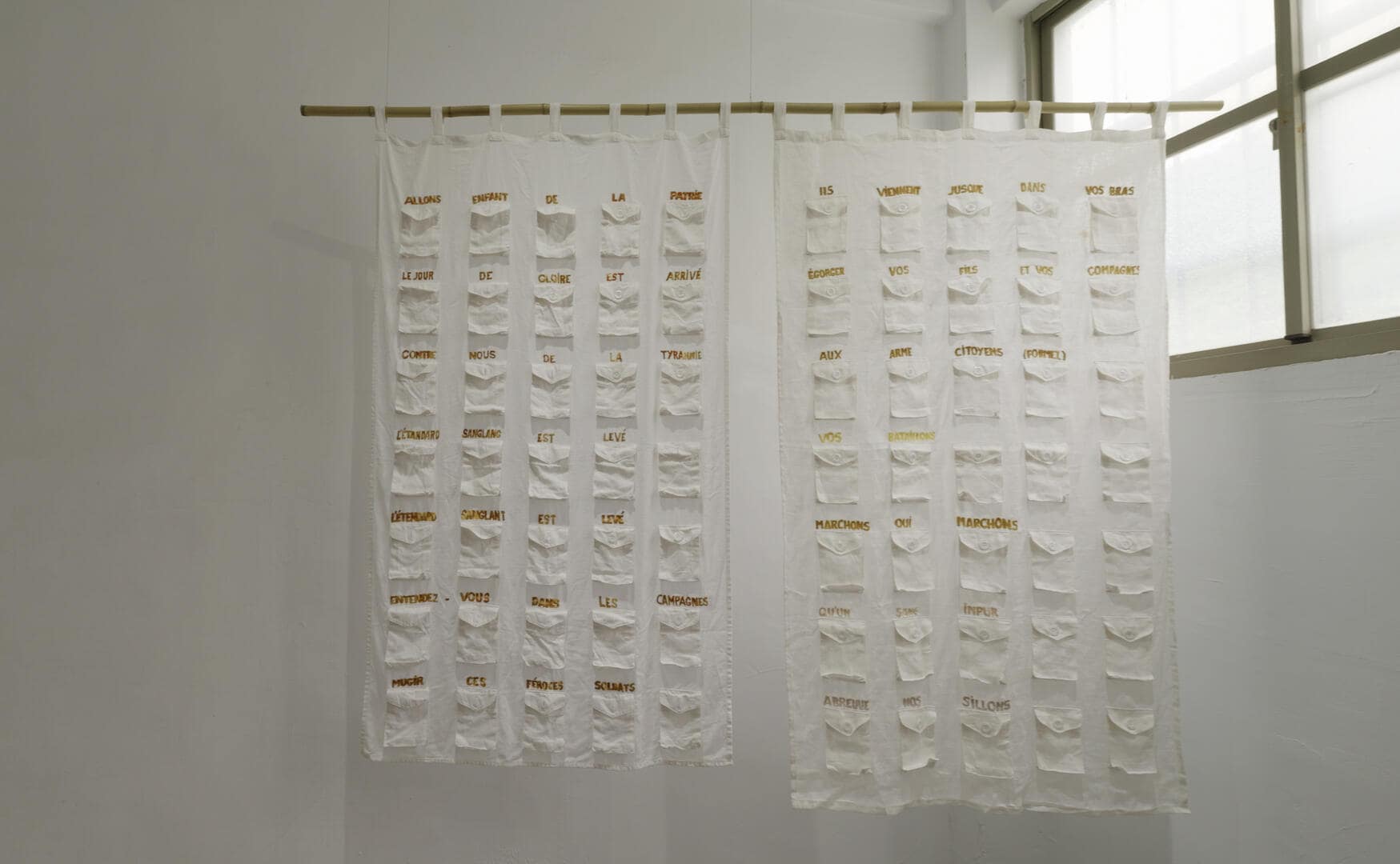
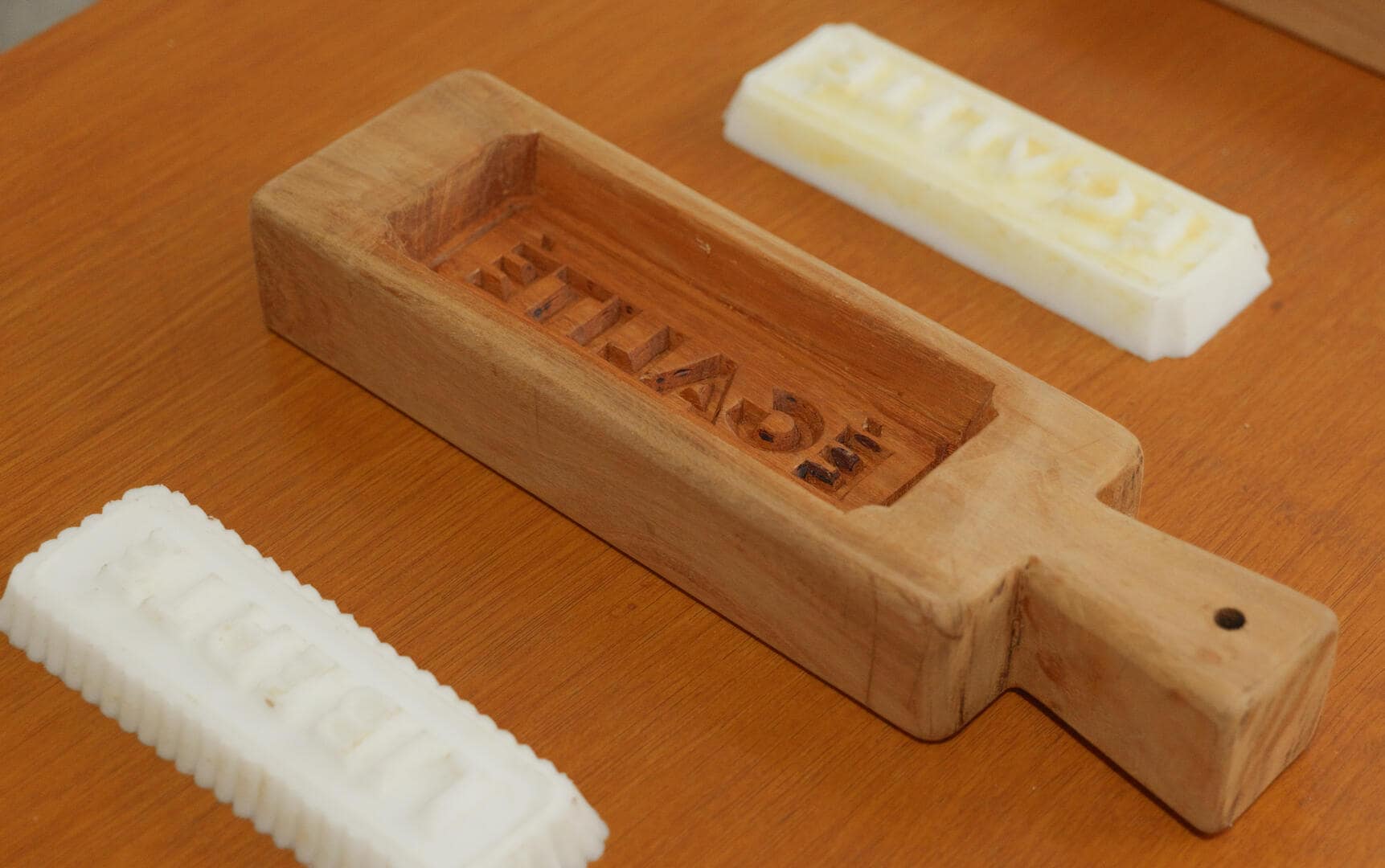
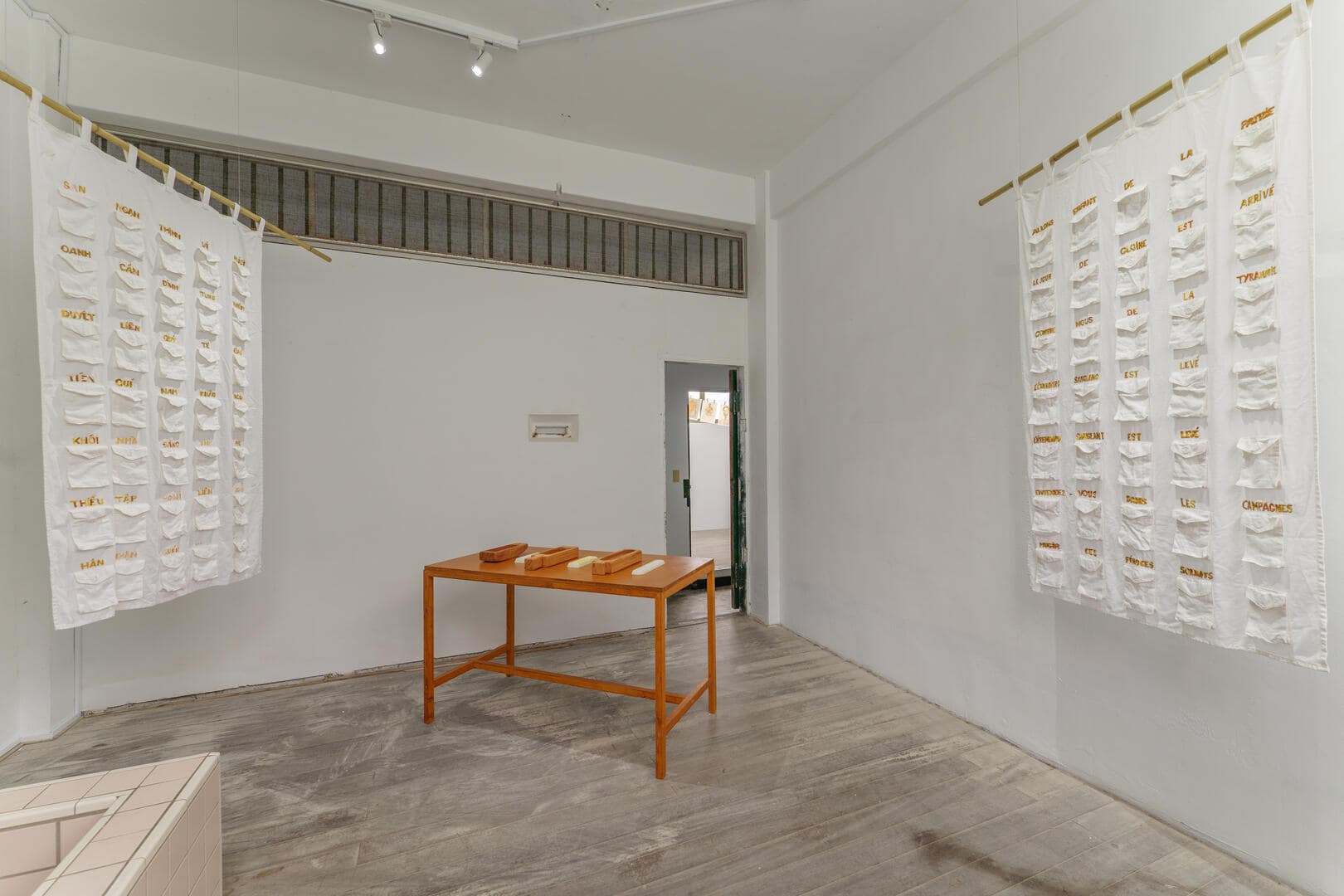
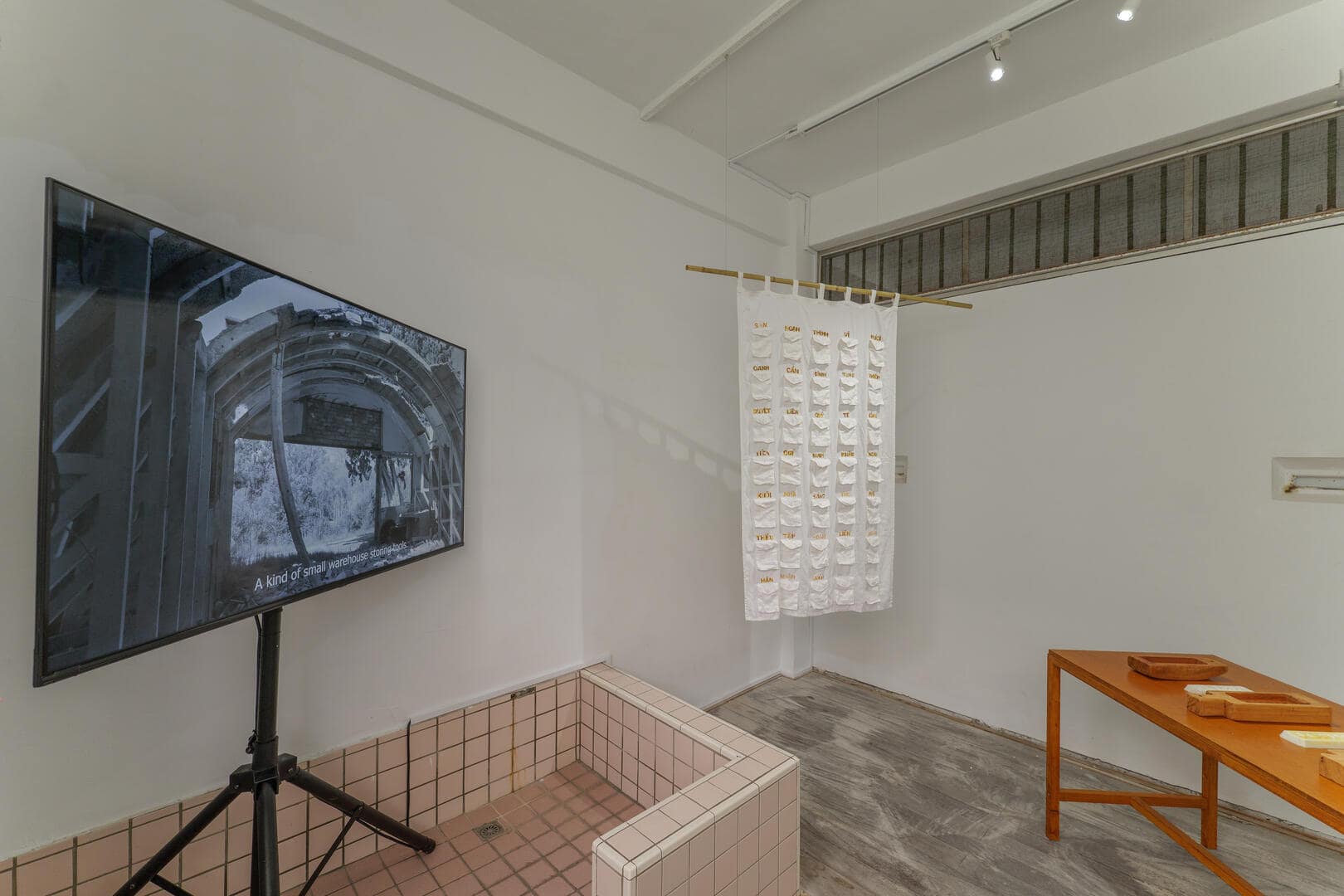
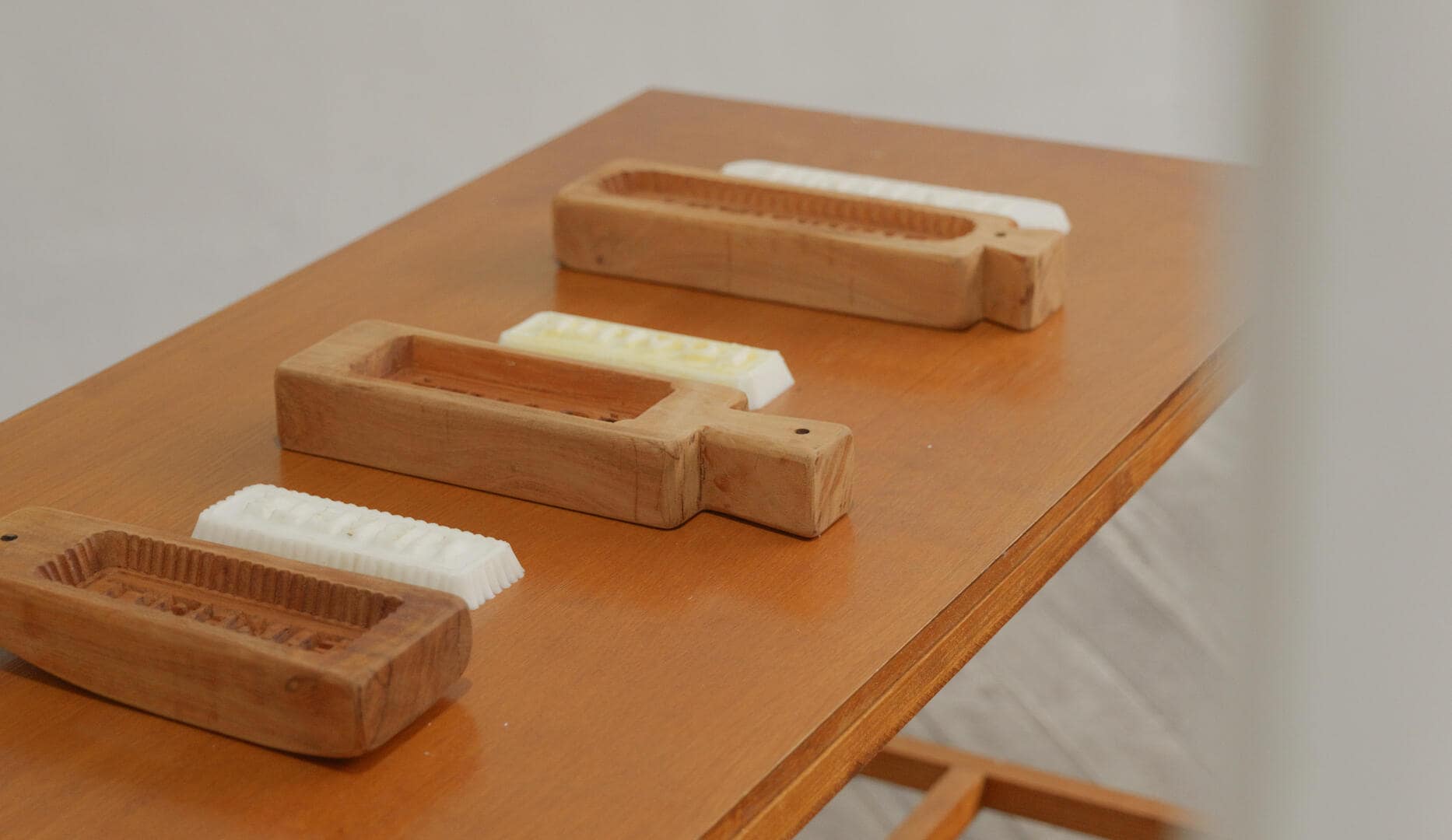
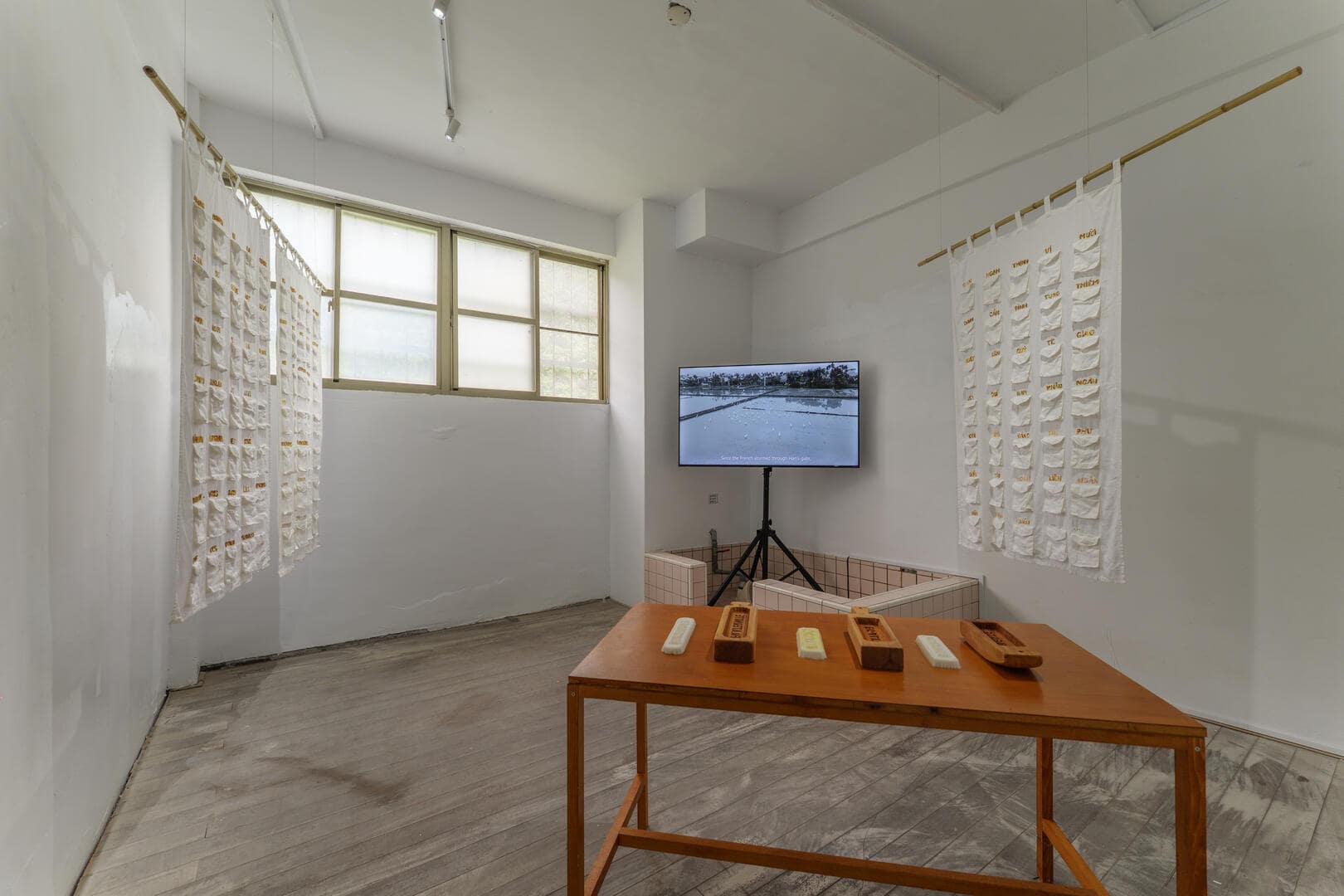
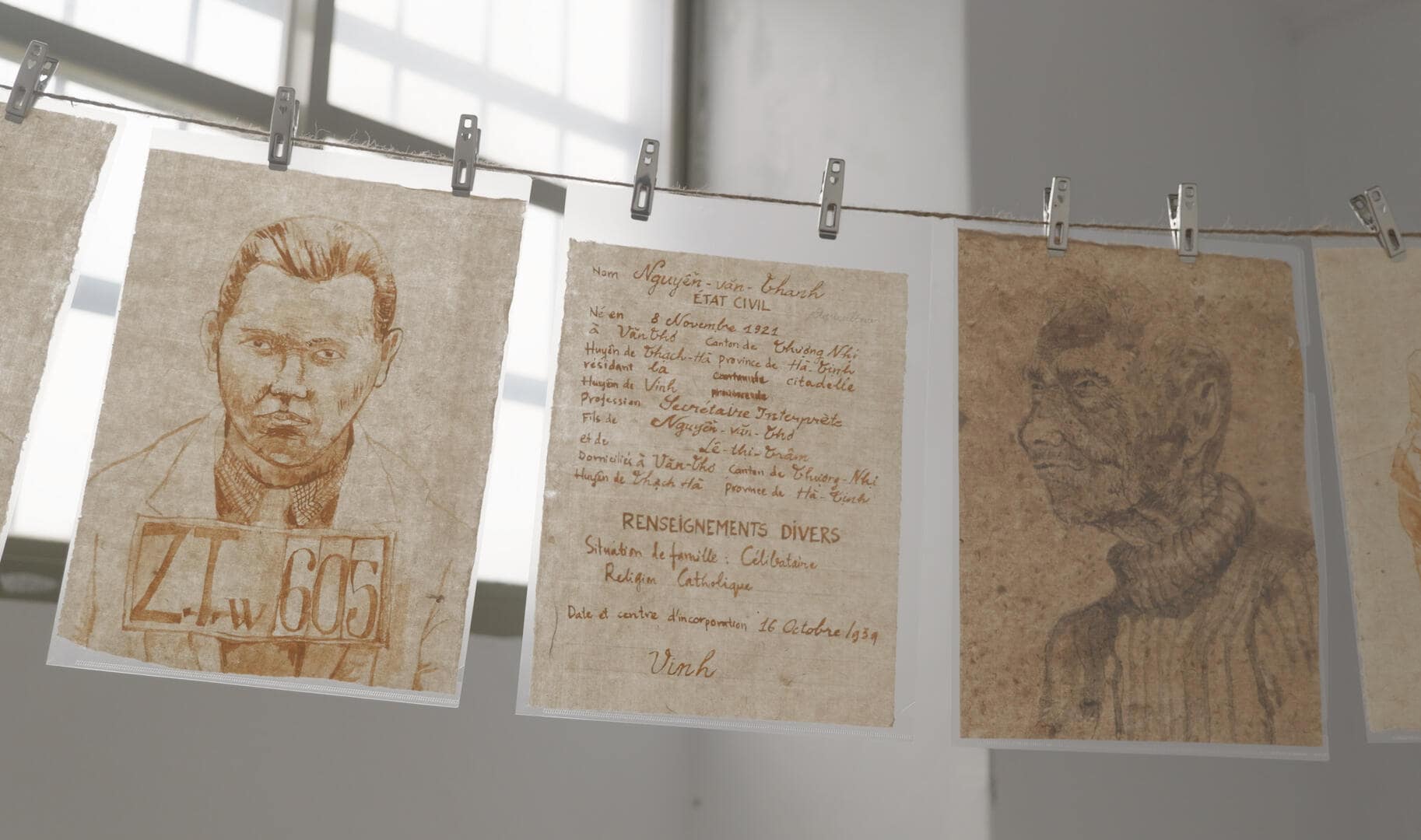
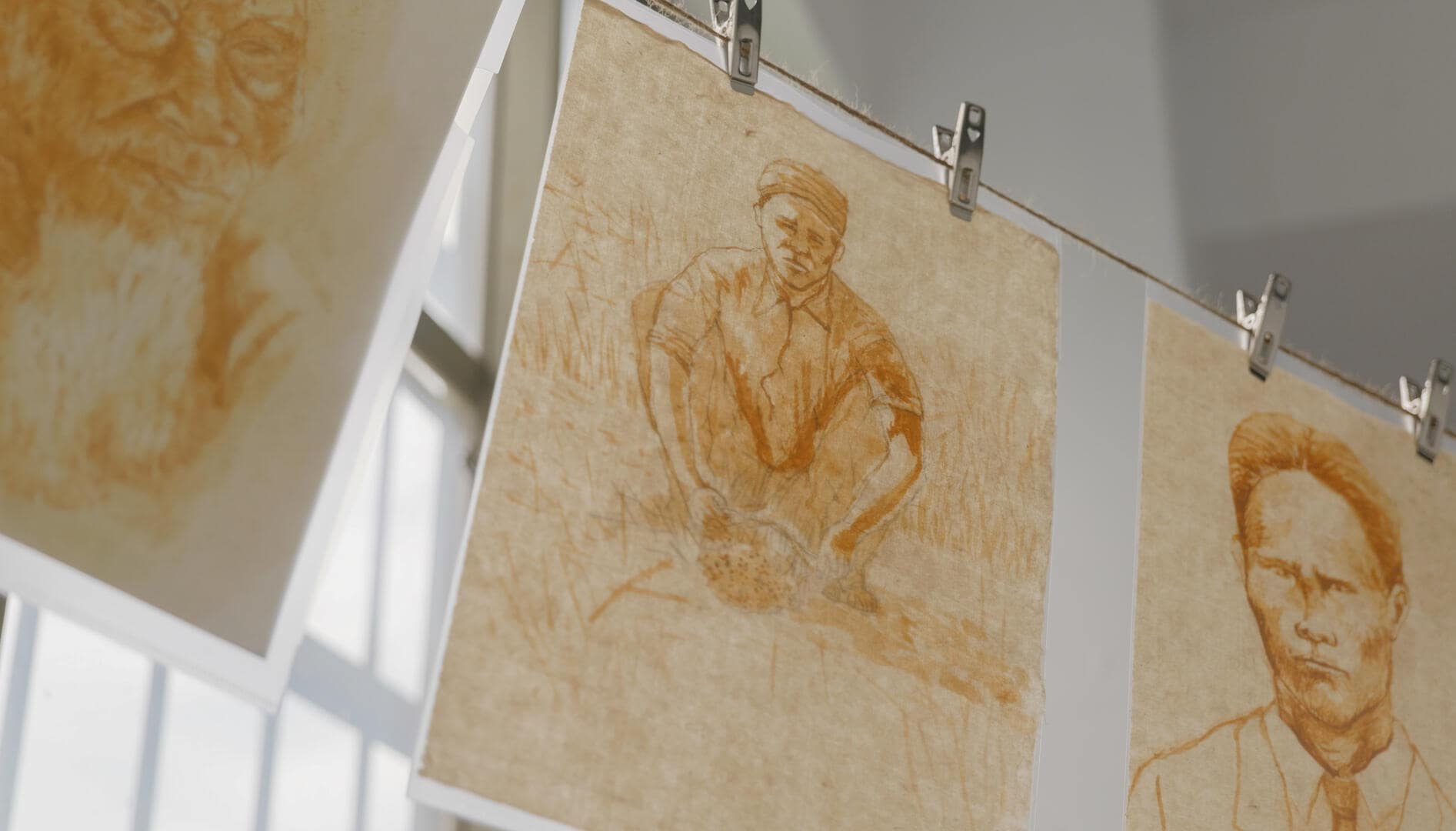
THE GRAINS OF EXILE
BUI Cong-Khanh
![]() “Only animals turn away from human suffering and busy themselves looking after their own skin.” – Karl Marx.
“Only animals turn away from human suffering and busy themselves looking after their own skin.” – Karl Marx.
They were farmers from poor Vietnamese villages, who were forcibly recruited in 1939-1940 to go to France, to work as forced laborers in weapons factories, textile factories, shipyards… in the war against Nazi Germany. When France won the war, these people were kept and sent to the south to continue rice farming to increase the food shortage after the war. Thousands of them died from exhaustion, the harsh weather and miserable working conditions. They never wore a soldier’s uniform for a day, they were only given a set of blue workers’ clothes every year, but the way people called them “soldiers – soldier labores” was misunderstood as being soldiers for France, the enemy of Vietnam at that time. Therefore, when these people were sent back to Vietnam by the French government, they were suspected by the people of the country as being the enemy’s lackeys, so they encountered many difficulties in life, some had to join the Viet Minh, the rest burned all related documents, returned to being rice farmers and lived with old age, illness and poverty.
The curtain symbolizes the fur, a warm blanket that enveloped the dreams of people who had been lost for 10 years of their youth in a foreign land, uprooted from their roots, deprived of all rights to live and be human in a civilized country like France, where the world’s revolutionary movements began.
Video, curtains made of fabric, embroidery, paintings on rice paper
160cm x 160cm
2023-2025
BUI Cong-Khanh is an artist deeply fascinated with social assumptions of culture heritage. As one of the first local artists to gain an international reputation in the 1990s, with his performances questioning restrictions of installation, video and drawing with successful showcase across the South East Asian region and beyond.
Born in 1972 in Da Nang, a coastal city dominated by American Gls during the Vietnam War and growing up in Hoi An, a nearby historic trading port that was a bustling immigrant town for Chinese and Japanese merchants since the 18th Century, Bui’s art often reflects the complex interwoven history of Vietnam, examining its resilient, yet destructive dance between colonial occupation, political independence and economic progress.